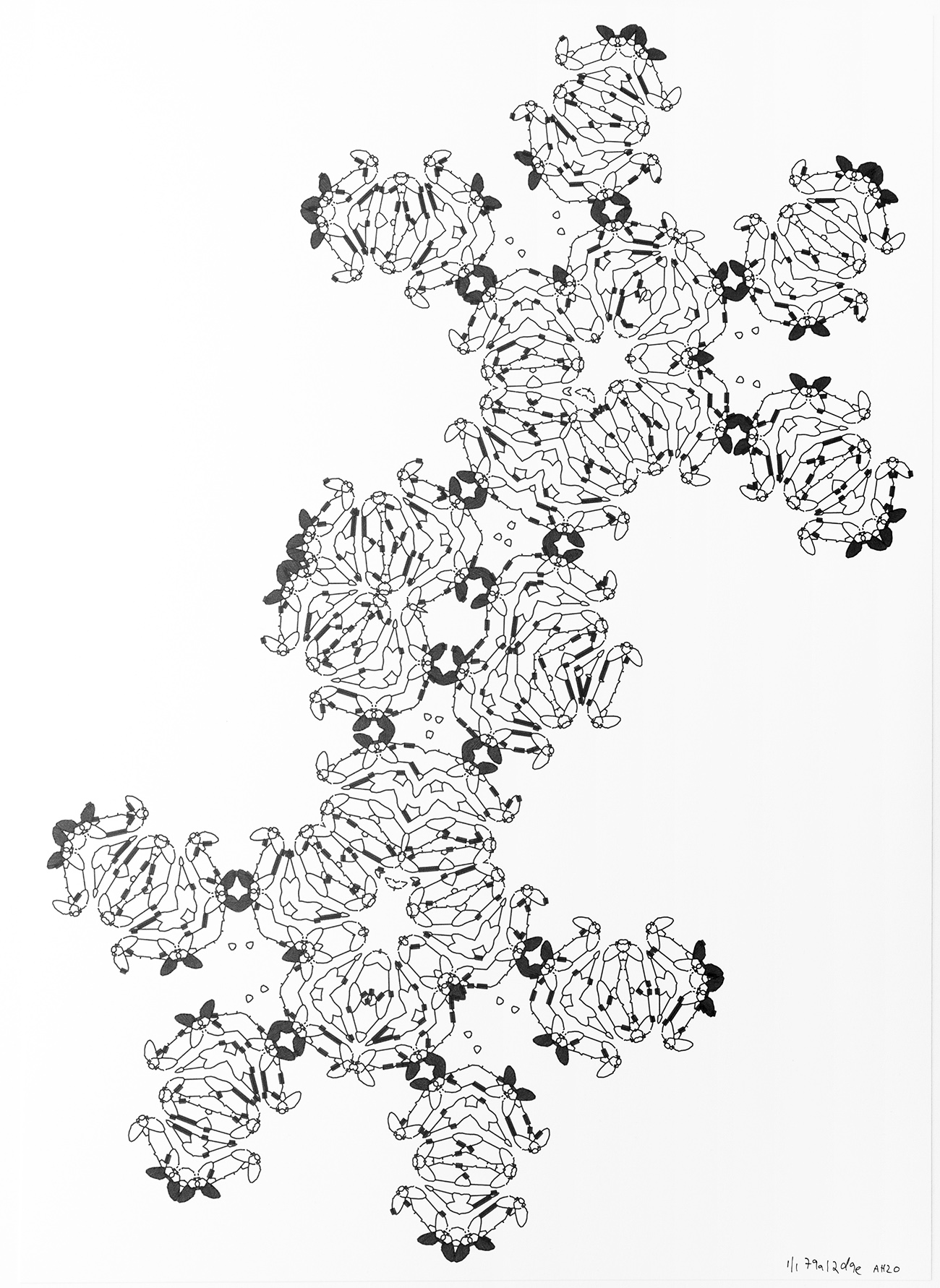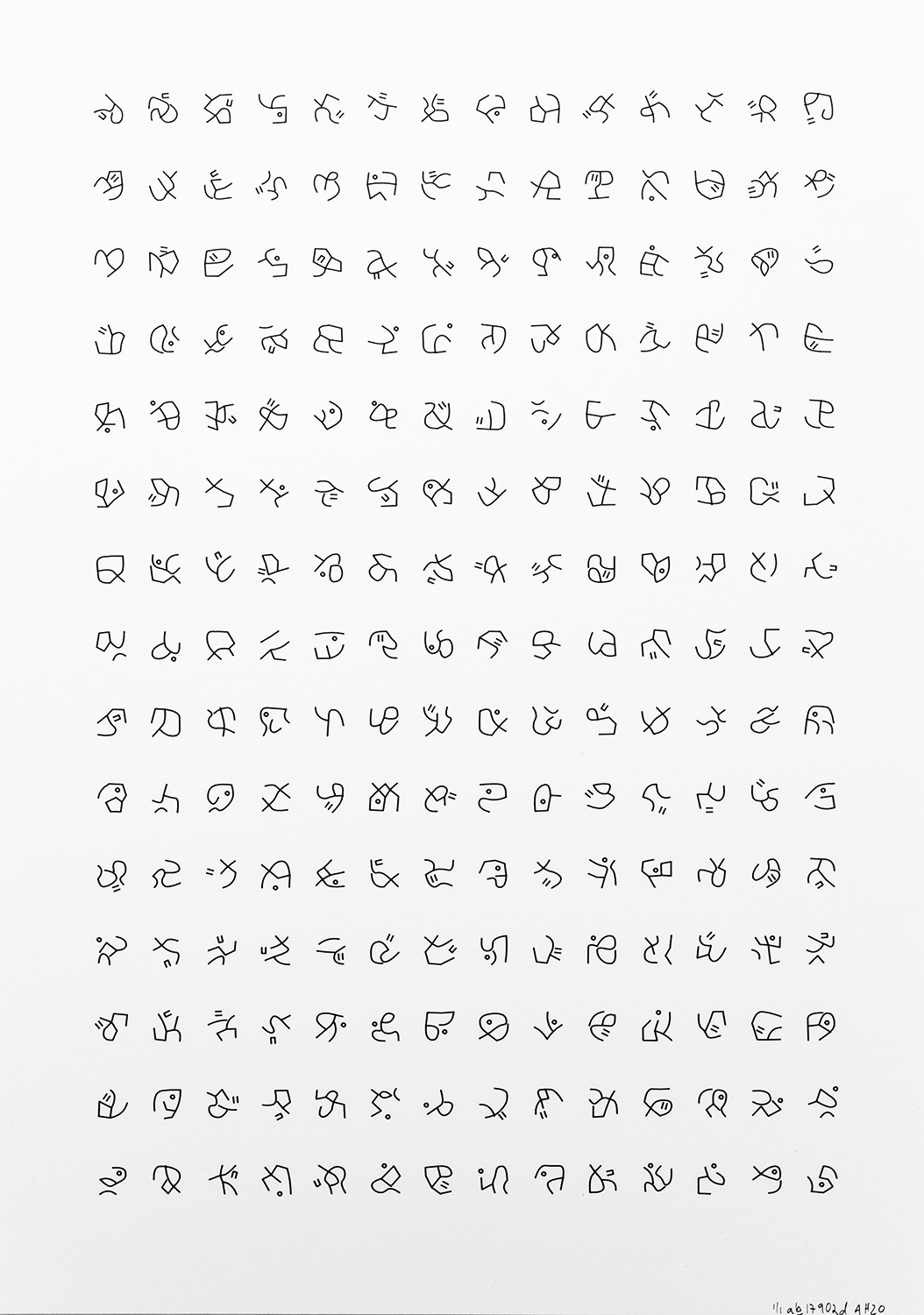I wrote a slightly incoherent thread of tweets a little while ago about how I think about making and selling art. And how much money I make from it. Here is a more comprehensive version of the thread.
First of all, I consider myself an artist. However, I also have a full-time job (in programming/data science). Making and selling art, as well as writing about it, is something I do in my spare time. In the tweets I used the word «hobby», which doesn't really sit right with me. Unfortunately I can't think of a better word. The main point I want to get across is that I pour a lot of time and effort into it when I can.
I try to make sure I largely spend the time on things I enjoy, but it gets more complicated once you start selling work. Processing and shipping orders takes quite a bit of time. And it isn't exactly my favorite activity. Obviously I enjoy the fact that people are willing to buy my work. But I can't say I enjoy handling the paperwork, and dealing with packaging and shipping.
If I want to, least partially, make a living from selling art I would have to spend more time on the aspects I don't enjoy that much. More specifically I would have make a greater effort to advertise my work, and look for opportunities. In some sense, being an independent artist means you work in sales. This is blindingly obvious to anyone who has been down that road, but I feel it is worth pointing out.
I honestly don't know which options to explore in order to make a somewhat steady income. Since I don't have to make a living from art, I make work available for sale when I feel like it. Moreover, I am not particularly careful with my spending. This gives me the freedom to experiment.
Some Numbers
Below is a summary of my revenue and expenses over the past three years. At the moment, 10 NOK is 1.04 USD. So divide by 10 to get a rough idea.
- 2017 revenue: 102 500 NOK; expenses: 55 800 NOK
- 2018 revenue: 99 300 NOK; expenses: 63 100 NOK
- 2019 revenue: 31 300 NOK; expenses: 29 200 NOK
Without being too specific, the expenses (in no particular order) includes paper, pens, computer equipment, website and webshop hosting, shipping, professional printing, framing, some other office equipment, Paypal fees, an inkjet printer, Photoshop and two different plotters (Axidraws).
The numbers are a bit more complex in reality. Particularly for 2018, because it left me with several (comparatively expensive) unsold artworks. These were produced for an exhibition, and were not sold. So, Technically I was left with a little more than the above numbers suggest. Strictly speaking this is true of any given year, but the cost of making a plotter drawing is negligible compared to professional printing and framing.
Pricing
Pricing art is pretty hard. Pricing generative or digital art seems even harder to me. I don't have much experience with either. As such, I don't have any particular strategy. Furthermore, because of the way I write, and (to some extent) re-use, code it is not obvious how to price a given piece. Even if I did keep track of the time spent working on it.
Because I got somewhat tired of dealing with shipping, I raised the prices of my plotter drawings considerably at some point around 2018 (I don't remember exactly when). The hike was in the 1 000-2 000 NOK range. I sold fewer pieces after that. But it is not clear whether this was because of the price hike, or because of other factors.
It is possible that I would sell more drawings if I sold cheaper pieces that are not unique, but that would mean more time spent on shipping. It would also mean that I have to spend time producing these pieces. I'd much rather spend my time making distinct artworks. There are other options too, like selling digital works, making online classes, and so on.
Another factor is that, while I have no particular wish to only sell works to some kind of elite, I also don't want to undercut those who actually make a living from art. I won't expand on this further, but here is a blog post about pricing by @LiaSae / @Fibraquarelle, who makes handwoven textiles. Different product, similar considerations.
Shipping
Shipping a single plotter drawing with a tracking number from Norway using Posten (Norwegian Postal Service) costs roughly 380-480 NOK. That does not include the container and packing material. It would be somewhat cheaper to send the pieces as letters, which is possible to many locations, but I like the security of having tracking.
DHL, or similar, is considerably more expensive. This option is slightly faster, and probably safer, but I rarely use it. Delivery speed is not really my main concern, and so far the majority of my packages have arrived safely.
Exhibitions
I've had my work exhibited in Oslo twice. Once in 2014 (Norwegian), and once in 2018 (Norwegian). Both exhibitions were kindly hosted by Kunstplass - Contemporary art [Oslo] (Norwegian). The gallery paid for pretty much everything (rent, utilities, brochures) except producing the art, and took a 30-35 % cut of the sales.
In the first exhibition I sold 3 aluminum prints (of 6 exhibited pieces). Disregarding any other factor this meant that I sort of broke even after the gallery had their cut. In the second exhibition I sold three small pieces (out of ~20 exhibited, mostly unframed plotter drawings, 4 large aluminum prints). This didn't nearly cover production. Not to mention that the gallery made virtually no money.
Even though these exhibitions weren't really intended—by me or the gallery—to sell art, it is worth mentioning.
Finally
Having said all this, I want to emphasize that I recognize that having the time and resources to work on this this is a privilege. And this post isn't written to complain about my situation. However, I hope you find this information useful. Particularly if you are in a similar situation.
Thanks to @LiaSae for feedback on this post.
- If you are reading this, and work in the Norwegian tax office, I promise you that the numbers I have reported to you are more accurate. I also promise you that I really don't understand your self-reporting system. And that I, despite my best efforts, have probably made mistakes.
- It left me with 4 1x1 m aluminum prints, and a framed plotter drawing. Which cost me about 16 000 NOK. I probably won't be able to sell these because shipping it will be prohibitively expensive. And to be honest I won't be trying to. But I guess you never know. One of the aluminum prints was slightly damaged during the exhibition, or while handling it, and is effectively lost as far as I'm concerned. If only I had more wall space.
- The most obvious thing that drives sales for me is posting to Twitter. It will come as no surprise that after a while those who really want to buy your work (and have the means to) have done it. Another factor is that I spent less time making pieces available for sale, and less time writing about it online.
- Some of these alternatives are tricky because of the way VAT (Norwegian) works when it comes to art, and what is considered art (Norwegian), in Norway. I won't try to go into this, because it is not very clear to me. The thing I am reasonably certain of is that the plotter drawings, aluminum prints and inkjet prints I make are considered art. Provided they are signed and numbered, and that there are fewer than 300 copies of a given piece.




